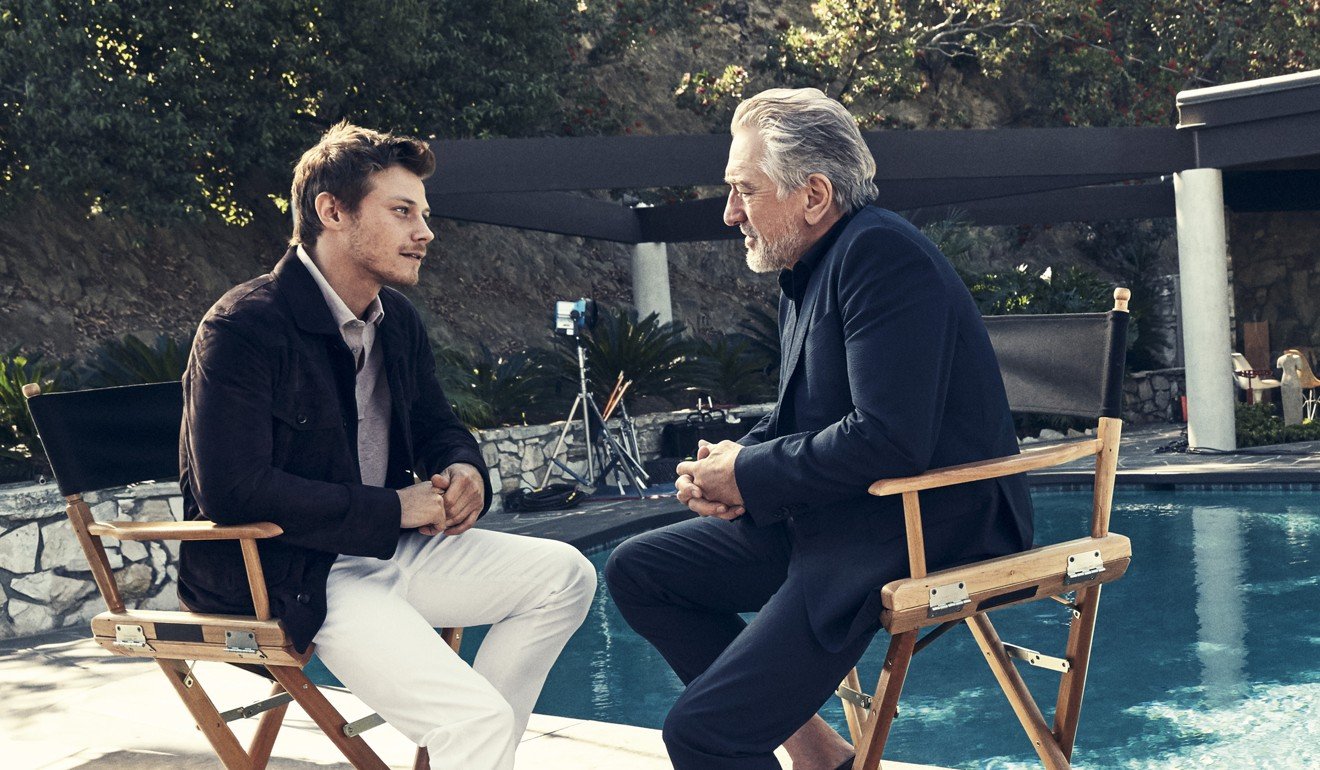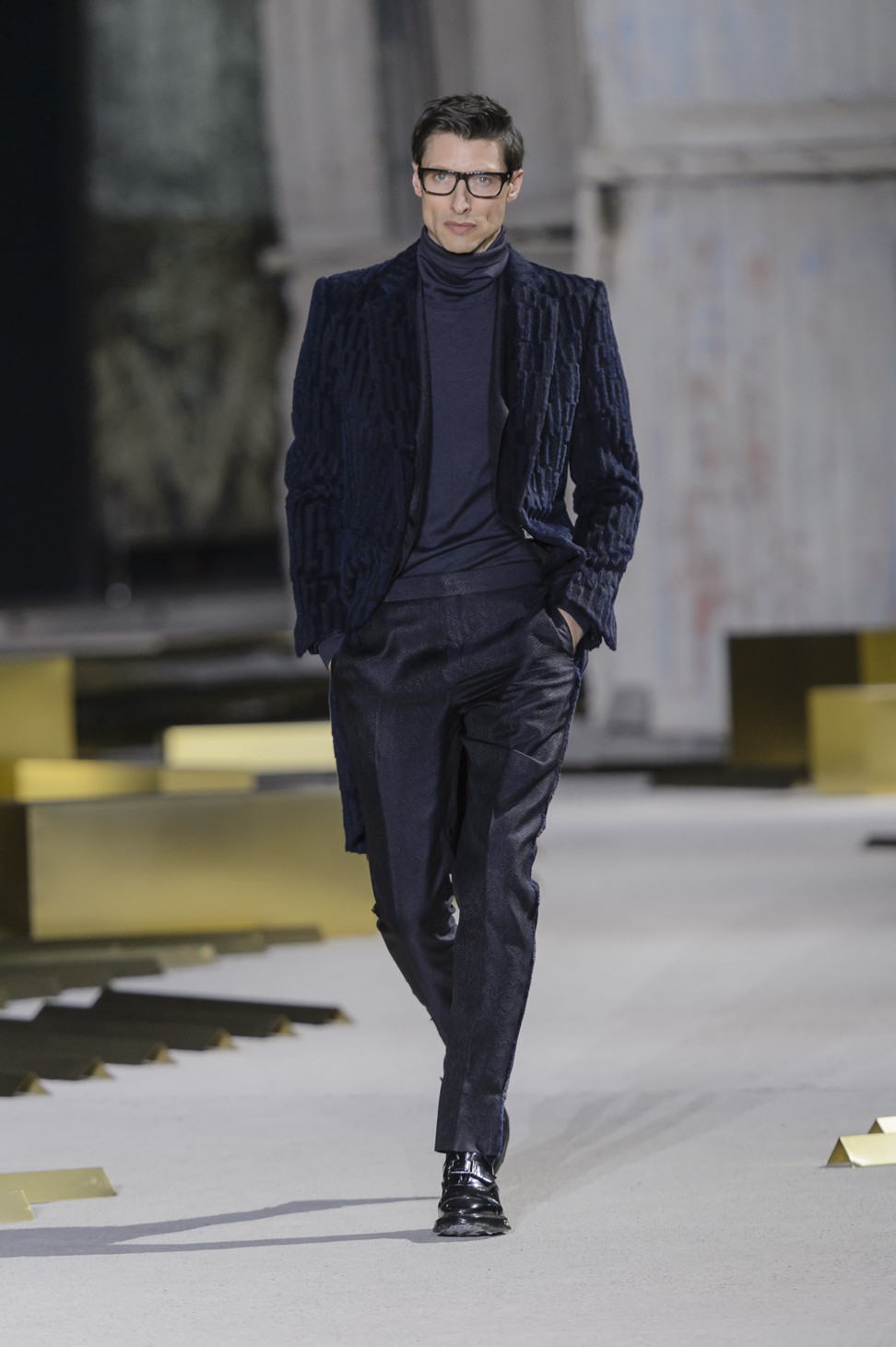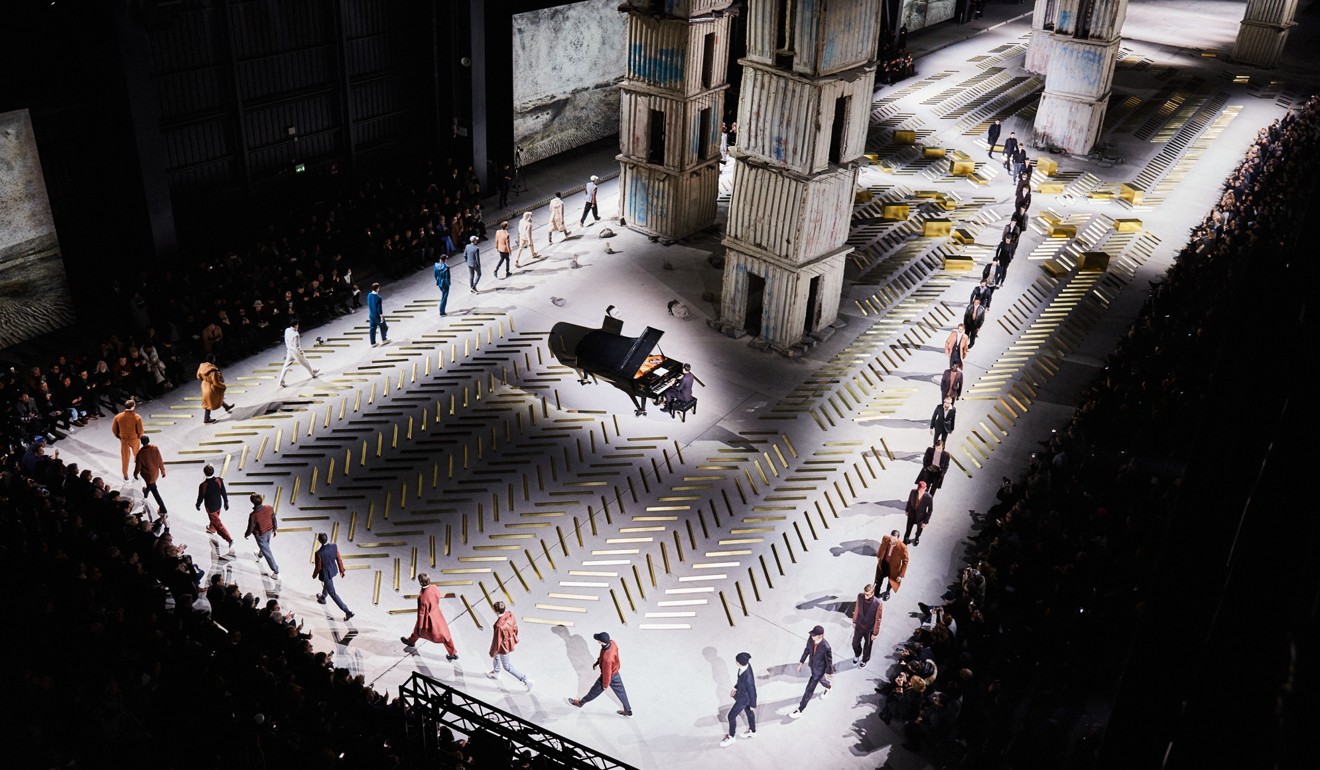
With Robert De Niro on board, Ermenegildo Zegna looks to the future with new artistic director
Alessandro Sartori is back in the Zegna camp, and big changes are afoot, as the label revamps its image with a bespoke atelier in Milan, and integrates its three brands into one cohesive unit
Alessandro Sartori, Ermenegildo Zegna’s new artistic director, is showing us around the label’s fabric mills in Trivero, northern Italy, where we see a beautiful fine navy wool fabric being created live for Robert De Niro, Zegna’s new campaign figure. His name is woven into the end of the fabric roll.

We’re talking at the brand’s newly opened bespoke atelier in the centre of Milan – a stylish apartment space kitted out with chic Italian designer furniture. It will be headquarters for the new service. A team led by a master tailor consults, measures and fits Zegna’s wealthy couture clients in one-of-a-kind bespoke outfits. A suit here requires 200 steps of custom tailoring, during which 150 pieces are assembled by hand over at least 75 working hours.
“We want to keep it personal, this beautiful Milanese apartment,” he adds, waving an arm at the lush surroundings, “incorporating Milanese style in watercolours, objects from Italian designers, tonal greys and brass, and antique wood and herringbone design on all the furniture. This is for one-to-one appointments that might last one to three hours; this is where we show our vast selection of styles and fabrics.
“Customers can also order direct from the catwalk looks, and there is the possibility to make unique fabrics for one person. It should be a soulful process.” Zegna’s vertically integrated business – the company owns everything from merino wool sheep farms in Australia to fabric mills, retail stores and this atelier – makes it possible to create one-of-a-kind fabrics for clients.

It’s a poignant homecoming for Sartori, who was born just a few kilometres from the Zegna Lanificio (the brand’s research and development headquarters), and has returned after heading its Z Zegna label, then leaving to spend several years as creative director of Berluti.
Today, Sartori is one of menswear’s shining lights, bringing a sophisticated, multigenerational approach to men’s style with accomplished collections that encompass traditional tailoring, luxurious, sports-inspired casuals and leisurely leathers.

Sartori explains: “Before, each brand had its own brief, seasonal colour card and mood. Today each line has the same colour card and the same mood. So if we do outdoor sportswear it has the same influences as the suiting.”
They did this to unite the style and identity of Zegna.
The way men buy fashion has changed; one client may want various styles from the different lines and price points.
“Z Zegna is the contemporary, modern and sporty line, with all the active elements – from ski garments to technical merino products,” says Sartori.
An average suit from Z Zegna costs €1,000 (US$1,120, HK$8,700), Ermenegldo Zegna suits average €2,000 and Zegna Couture suits run to an average of €3,000.
“Where one line ends, the other one starts. We study the materials and fit accordingly. Ermenegildo Zegna is our core, our soul. We also have a new range of products called luxury jogging wear or leisurewear, which makes up a large part of menswear today.”

It was in light of those changes that CEO Gildo Zegna called Sartori for a meeting; the pair ended up talking for more than six hours. Their conversation was the catalyst for Sartori’s return to the label.
As one of the strongest and most famous men’s fabric companies in the world, Zegna does significant business selling to other brands. But the company, now run by fourth-generation family members Gildo, Paolo and Anna Zegna, has in recent decades been known more for its own fashion and tailoring.
With the explosion of China’s high-end menswear industry, Zegna profited by being the first luxury brand to open a single-brand store in the country in 1991. Since then its focus on emerging markets, investment in BRICs nations and Asia has fuelled rapid growth: there are 307 company-owned Zegna stores in more than 100 countries and total group revenue passed the €1 billion mark (its 2015 annual revenue was €1.261 billion).
But to keep growing, the menswear giant has to adapt and offer new things at the very top of luxury menswear. This is why Ermenegildo Zegna Couture offers handmade tailoring as well as outdoor and sportswear, says Sartori. Modern men don’t have a wardrobe of traditional suits any more – they are looking towards casualwear and technical innovations for quality clothing.

The stylistic tone set by the catwalk show will feed into the bespoke atelier. “I think this is part of the new Zegna identity, which is very contemporary in attitude,” Sartori says.
Gildo Zegna and Sartori have forged this new vision to keep the label at the forefront of luxury menswear. By getting De Niro to be the face of its advertising campaign, Zegna has finally caught on to the sway of star power. It’s now flexing the right muscles in the right way, and both men and the menswear industry are paying attention.

